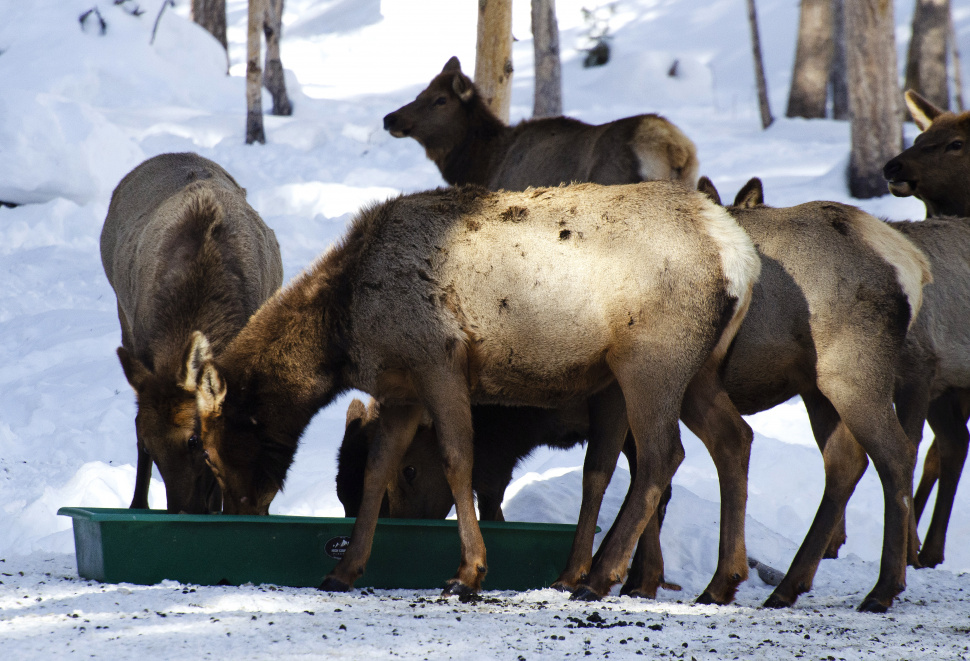We humans aren’t the only ones who can find it a bit of a struggle when a heavy winter storm rolls through Idaho. Our state’s wildlife, specifically deer, elk and pronghorn, can also find themselves in dire straits during extreme and unusual winter weather.
Idaho’s wildlife has adapted over thousands of years to survive a normal winter, but sometime conditions arise that require the department to step in and help big game.

Winter feeding advisory committees in different parts of the state monitor weather conditions and make recommendations if Fish and Game crews should feed animals.
Other situations may also arise where emergency feeding is required, but the main policy is that Idaho’s wildlife should be self-sustaining and reliant on natural habitat, not supplemental feeding every winter.
Here are situations where winter feeding may be warranted:
Excessively harsh winter conditions
When extreme weather threatens massive die-offs, Fish and Game has feed stockpiled so department personnel can react. But even during normal winters, some wildlife mortality is expected, and the department's policy is that big game populations should generally be maintained under natural conditions, and with naturally available forage.

If weather conditions begin significantly affecting herd survival, Fish and Game has a system in place to determine the best approach. The regional advisory committees keep a watchful eye on several weather conditions and factors, such as snow depths, whether there’s crust on snow that hinders an animal’s ability to forage and extended periods of sub-zero temperatures.
If any of these situations start to occur, the committees convene and make recommendations to Fish and Game whether to begin emergency feeding.
Significant loss of winter forage
Mother Nature doesn’t always play nice, and environmental factors like fire and drought can wreak havoc on a wintering deer or elk’s food supply. Fish and Game wildlife managers will step in to help supplement wintering big game’s diet when pre-existing forage is severely limited or nonexistent altogether.
If an animal is causing damage to private property
Fish and Game will sometimes use alternative food sources to dissuade deer and elk from feeding on a landowner’s stored agricultural crops, such as hay.
If an animal is causing concern for public safety
Same goes for big game animals posing a threat to human safety. To entice big game animals away from major highways and roadways, Fish and Game wildlife managers will use feeding sites. This was the case recently in the Upper Snake Region, when Fish and Game instituted an emergency winter feeding operation to prevent a herd of elk from causing safety risks along the highways and to keep them from mingling with local cattle operations.
To learn more, see the Big Game Winter Feeding webpage.

